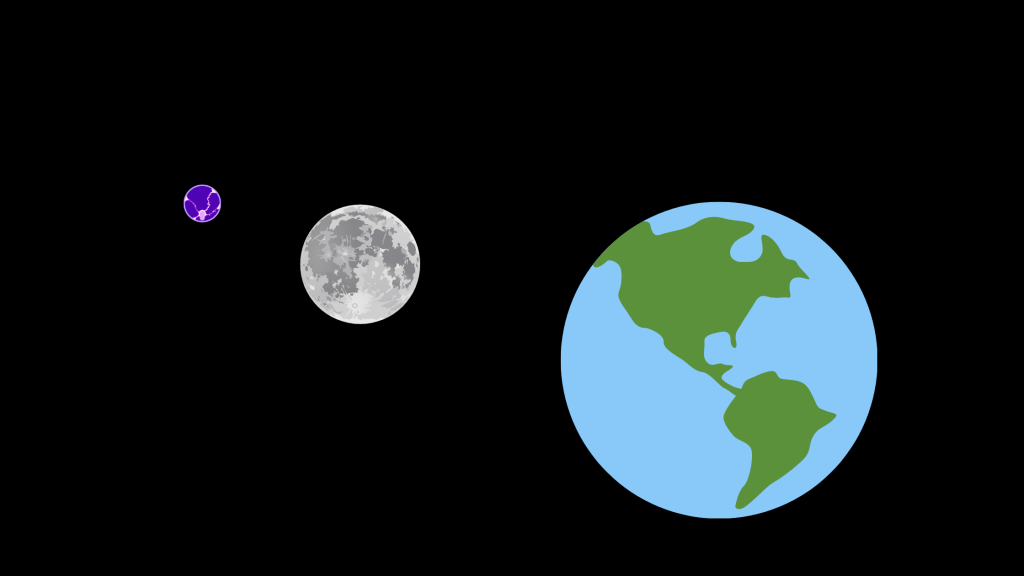The question belongs to the series of inter-related questions and arguments that are somehow related to the Parallel Universe Theories. There are multiple point-of-views when it comes to defining the Difference Between Parallel Universe and Multiverse. Let’s discuss the two concepts of Parallel Universe and Alternate Universe in the first place.
Parallel Universe: The concept of Parallel Universe stands for the theory that arises from the concept of big-bang theory. Big bang theory describes the existence of our universe and the probable start of life on earth. It describes the circumstances that lead to the formation of Earth and other planets in our solar system. The arguments lead to the formation of parallel universe theory. As, the events that lead to the formation of the solar system should keep happening now and then, as scientific knowledge doesn’t have any evidence of the formation of the solar system under a controlled environment, and it all happened accidentally or as a result of “sequence” or “continuous events.”

A simple definition of this parallel universe is that the events lead to the formation of this solar system. And the physics and chemistry of the universe don’t change immediately, and we also don’t have any evidence of it changing. There must be many parallel universes out there. This implies that there could be the same temperature somewhere in an observable and non-observable universe, with the same vegetation and living beings as on earth, including humans.
What multiverse means?
Multiverse: Multiverse is a group of universes. The concept of Multiverse signifies the limitation of scientific procedures and derivation of results. The multiverse theory is a concept or theory that Cosmologists endorse, and it derives its basis from the possibility of un-noticed universes that could be anywhere around us. And all these theories have significant importance when it comes to the definition of our solar system, its existence, and its plane of existence.
Many of the best scientific models of cosmology derive results from the Multiverse theory. It is also a matter of fact that we run into a dire need for evidence due to an extreme shortage in cosmology and quantum physics. And it is a well-known fact that many of the studies and findings of this branch of science could be counter-intuitive.
Difference Between Parallel Universe and Multiverse
We are now capable of deriving results from the definitions of Parallel Universe and Multiverse. A parallel universe is another copy of our universe. Whereas, the multiverse is the collection of multiple universes that may or may not match our universe, and all the elements that our universe has. So, the parallel universe is an exact copy of our universe, whereas, a multiverse may or may not be an identical copy of our universe.
A universe is all that we know, have observed, or guessed in the form of a hypothesis. Our universe includes everything observable and non-observable. All stars, planets, galaxies, Milkyway, moon, etc. form a universe. However, scientists believe that there are many universes in existence. Whereas, there are scientists who hold no evidence but think that it’s non-sense to utter such words of multiple universes. And they say that as the universe is so big with no ending whatsoever, we can’t see an end. Thus, we can’t see an end, it implies there is no end to the universe.
Can Multiverse Exist?
Yes, Multiverse can exist, and they certainly do exist. Scientists that do not agree with the fact have no evidence to present as their support. The argument that leads to the conclusion of one universe is self-contradictory. And it concludes with the fact that there is a lot yet to discover, and we know nothing about the universe from where the light has not yet reflected, or there are obstacles in its ways. Please see the image below to take a deeper look into the matter.

This is an example to elaborate on the fact about the unexplored universe. The picture shows a situation of light blockage. Let’s say we have a Hubble telescope, and we want to see some distant areas, elements, stars, or Milkyway. Our willingness to do so doesn’t mean that we will be able to see everything that exists. On earth, we can’t see things that are behind the moon. However, in a complex structure of the universe, when millions of stars, Milyways, and galaxies are revolving, the light never escapes and falls on the lens of the telescope.
How many universe are there in the multiverse?
There could be dozens, hundreds, or thousands of universes and this is why we call the term multiverse. The word multiverse takes multi to denote multiple (uncountable) universes. As we have discussed above that humans don’t have enough information to clearly state any results.
Can multiverse be plural?
Yes Multiverse is a plural term. And it shows more than one universe.
Who proposed multiverse theory
Physicist Hugh Everett proposed multiverse theory.


